Tonsil stones, also known as tonsilloliths, represent irregularly shaped whitish or yellow and foul-smelling globs of mucus and bacteria. They are caught in the crypts of the tonsils. Tonsil crypts are small pockets and they represent an excellent place for accumulation of debris, bacteria and all the necessary components for tonsil stone formation. Tonsil stones develop as a consequence of a buildup of dead skin cells as well as other debris that is washed down through the throat from the nasal cavities and sinuses.
These components accumulate and with the assistance of saliva (and its components) debris found in the tonsil crypts stiffens and the tonsil stone eventually forms. The condition predominantly affects people suffering from chronic inflammation of the tonsils or repeated bouts of tonsillitis.

Clinical Characteristics of Tonsil Stones
Tonsil stones develop in a form of solid whitish/yellowish lumps and there may be one or several located in the tonsil crypts. In case of large tonsil stones a person usually complains about swallowing difficulties. There may also be swelling of the affected tonsil, bad breath and sore throat. Small tonsil stones are asymptomatic and are generally discovered accidentally during examination of the oral cavity.
Treatment for Tonsil Stones
There are several ways to deal with tonsil stones. They may be removed with a cotton swab, with the assistance of waterpik irrigator and in case these two methods do not provide with desirable results a person is left with one more option - surgical removal of the tonsil stone.
Removal with a cotton swab is quite easy. For this method a person needs a small mirror and light that will properly illuminate the tonsils. Before pressing against the bottom of the tonsil and pushing the cotton swab upwards it is recommendable to moisten the swab with water. The pressure applied in this way will squeeze out the tonsil stone. After the procedure it is necessary to gargle with an antibacterial mouthwash.
A waterpik irrigator injects the water. The person turns the irrigator to the lowest setting and fills the reservoir with lukewarm water. Once the tonsil stone is located with the assistance of a mirror and a flashlight one sprays the water from the irrigator in the direction of the crypt containing a tonsil stone.
In case of superficial tonsil stones one may use tooth brush and remove the stone. Even gargling with salt water may efficiently remove superficial tonsilloliths.
And finally, only if non-surgical methods cannot help removal of tonsil stones a person undergoes surgery. The doctor may recommend laser cryptolysis and sometimes patients require tonsillectomy (a complete surgical resection of the tonsils).



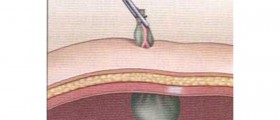

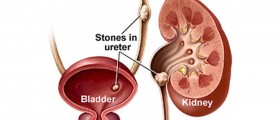

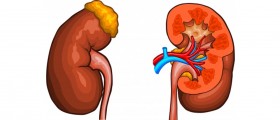
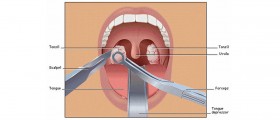

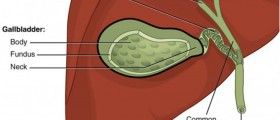
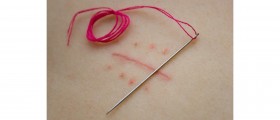





Your thoughts on this
Loading...